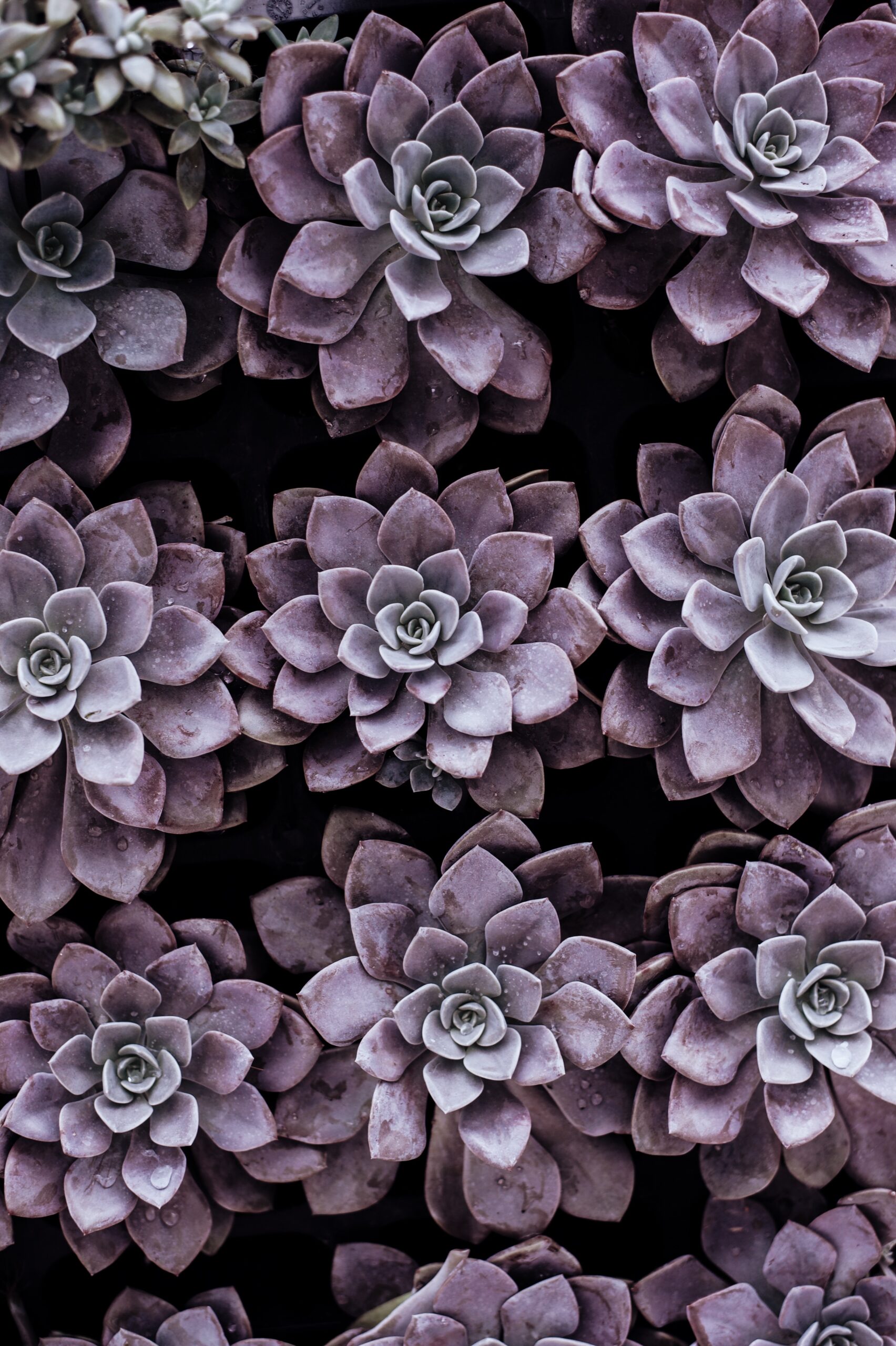Are you curious about the fascinating world of indoor gardening? If so, then you may have come across the terms aquaponics and hydroponics. While both methods offer innovative ways to grow plants without soil, there are some key differences between the two. In aquaponics, plants are grown in conjunction with fish, utilizing their waste as a nutrient source. On the other hand, hydroponics involves growing plants in a nutrient-rich solution without fish or other aquatic creatures. So, whether you’re interested in a symbiotic relationship between plants and fish or prefer a plant-centric approach, understanding the difference between aquaponics and hydroponics is essential. As for choosing the right hydroponic nutrients, it largely depends on the type of plants you’re cultivating and their specific nutritional needs. By selecting the appropriate nutrient solution, you can ensure healthy growth and bountiful harvests.

This image is property of images.unsplash.com.
Aquaponics
Definition
Aquaponics is a sustainable farming system that combines aquaculture (fish farming) and hydroponics (growing plants in water) in a symbiotic environment. It is a closed-loop system where fish waste provides nutrients for the plants, while the plants help purify the water for the fish. This unique method of growing food offers an innovative and environmentally friendly approach to agriculture.
Principles
The main principle of aquaponics lies in the symbiotic relationship between fish and plants. Fish produce waste in the form of ammonia, which is toxic to them but serves as an excellent source of nutrients for plants. Aquaponics uses a natural process called nitrification, where beneficial bacteria convert ammonia into nitrites and then nitrates, which are absorbed by the plants’ roots as essential nutrients.
Components
The core components of an aquaponics system include a fish tank, grow bed or plant tray, water pump, and plumbing connections. The fish tank is where the fish are raised, and the water from the tank is circulated to the grow bed or plant tray. The grow bed is filled with a growing medium like gravel or clay pebbles, allowing the plants to anchor their roots and access the nutrient-rich water.
Water Source
In aquaponics, the water source is crucial for creating a healthy ecosystem. It is essential to use dechlorinated water or water that is free from harmful chemicals. Rainwater and well water are great options for aquaponics systems. It is important to regularly monitor the pH and temperature of the water to ensure optimal conditions for both fish and plants.
Nutrient Source
The primary nutrient source in aquaponics is the fish waste. As fish produce ammonia, naturally occurring bacteria convert it into nitrites and nitrates, which act as essential fertilizers for plants. This nutrient-rich water is then cycled through the grow bed or plant tray, allowing the plants to absorb the nutrients they need for growth. Additionally, some aquaponics systems may require supplemental nutrients to maintain adequate levels for optimal plant development.
Fish
Choosing the right fish species is crucial in aquaponics. It is important to select fish that can thrive in a confined tank environment and produce sufficient waste for plant nutrition. Popular fish species in aquaponics include tilapia, trout, catfish, and perch. Each species has unique requirements in terms of water temperature, pH levels, and overall system design.
Plants
Aquaponics allows for the cultivation of a wide variety of plants, ranging from leafy greens and herbs to fruiting crops like tomatoes and cucumbers. Lettuce, basil, chives, and kale are commonly grown in aquaponics systems due to their high tolerance for water-based cultivation. The type and number of plants you choose depend on various factors such as system size, fish load, and climate.
Maintenance
Maintaining an aquaponics system involves monitoring water quality parameters such as pH, ammonia levels, and temperature. Regular water testing and adjustments are necessary to ensure optimal conditions for both fish and plants. It is also important to maintain the fish health by providing a balanced diet and monitoring any signs of disease or stress. Additionally, periodic cleaning of the grow bed, removal of dead plant matter, and maintaining appropriate stocking densities are essential for a thriving aquaponics system.
Advantages
Aquaponics offers numerous advantages over traditional farming methods. Firstly, it requires significantly less water compared to conventional agriculture, as water is continuously recycled within the system. Secondly, it eliminates the need for synthetic fertilizers or pesticides, making it an organic and sustainable approach to food production. Additionally, aquaponics systems can be established in urban areas, allowing for fresh food production closer to consumers. Aquaponics also minimizes the risk of soil-borne diseases and pests, leading to healthier and more productive plants.
Disadvantages
While aquaponics has many benefits, there are some challenges to consider. The initial set-up cost for an aquaponics system can be higher compared to traditional farming methods, primarily due to the equipment required. Adequate knowledge and understanding of aquaponics principles are crucial to maintaining a successful system, which may require a learning curve for beginners. Additionally, system failures can have an immediate impact on both the fish and plant health, making regular monitoring and maintenance essential.
Hydroponics
Definition
Hydroponics is a method of growing plants without soil, where plants obtain nutrients directly from a water-based solution enriched with essential elements. It enables the cultivation of plants in a controlled environment, maximizing growth rates and minimizing resource consumption.
Principles
The primary principle of hydroponics is providing plants with a complete nutrient solution directly to their roots. The absence of soil eliminates the need for plants to expend energy in search of nutrients, allowing them to allocate more resources for growth. Hydroponics relies on the precise delivery of water, nutrients, and oxygen to the roots, ensuring optimal conditions for plant development.
Components
A hydroponic system typically consists of a reservoir to hold the nutrient solution, a pump to circulate the solution, a growing tray or pots to hold the plants, and various types of media to support the plants’ roots. The hydroponic system can be either a simple passive system, where the solution is gravity-fed, or an active system that utilizes a pump for recirculation.
Water Source
Water quality is critical in hydroponics. Unlike aquaponics, where fish waste provides the necessary nutrients, hydroponics relies solely on the nutrient solution. It is essential to use clean and pH-balanced water, free from contaminants and chemicals that could harm the plants. Using filtered or purified water can help maintain the system’s health and prevent mineral build-up.
Nutrient Source
In hydroponics, plants receive their nutrients exclusively through the nutrient solution. This solution contains a precise balance of essential elements, including macronutrients (such as nitrogen, phosphorus, and potassium) and micronutrients (such as iron, manganese, and zinc). The nutrient solution must be properly formulated and regularly monitored to ensure optimal plant growth and productivity.
Growing Medium
Hydroponics systems utilize various growing mediums to provide support and anchorage for the plants’ roots. Common growing mediums include perlite, vermiculite, coconut coir, rockwool, and expanded clay pebbles. These mediums allow for proper aeration and nutrient absorption while ensuring an optimal pH and moisture balance for the plants.
Maintenance
Maintaining a hydroponics system involves monitoring and adjusting water pH and nutrient levels regularly. Ensuring proper oxygenation and circulation of the nutrient solution is essential to prevent root rot and maintain plant health. Regular inspection of the plants for signs of nutrient deficiencies, pests, or diseases is also crucial. Additionally, maintaining proper temperature, humidity, and light conditions are essential for optimal plant growth.
Advantages
Hydroponics offers several advantages over traditional soil-based farming. Firstly, it allows for precise control of nutrient delivery, optimizing plant growth rates and yields. Secondly, hydroponics uses significantly less water compared to traditional agriculture, as water is recirculated within the system. It also eliminates the risk of soil-borne diseases and weeds, leading to healthier and more productive plants. Additionally, hydroponics systems can be set up in limited spaces, making them suitable for urban farming and year-round production.
Disadvantages
While hydroponics has numerous benefits, there are also some challenges to consider. The initial investment for setting up a hydroponics system can be higher compared to conventional farming methods, primarily due to the required equipment and infrastructure. Maintaining proper nutrient balance and avoiding nutrient imbalances is crucial, as this can negatively impact plant growth and yield. Additionally, power outages or system failures can have an immediate impact on plant health, making regular monitoring and maintenance essential.
Hydroponic Nutrients
Hydroponic nutrients are specially formulated solutions that provide plants with the necessary elements for their growth and development. These nutrients typically come in concentrated liquid or powdered form and are mixed with water to create the nutrient solution.
The composition of hydroponic nutrients may vary depending on the specific needs of the plants being cultivated. Macronutrients, including nitrogen, phosphorus, and potassium, are essential for plant growth and are usually present in higher concentrations. Micronutrients, such as iron, manganese, and zinc, are also vital, albeit required in smaller quantities.
When choosing hydroponic nutrients, it is important to consider the specific requirements of the plants being cultivated, as different crops may have varying nutrient needs. Regular monitoring of the nutrient solution, pH, and electrical conductivity is crucial to maintain optimal nutrient levels and prevent deficiencies or toxicities.
In summary, both aquaponics and hydroponics offer unique approaches to modern agriculture. Aquaponics harnesses the power of symbiotic relationships between fish and plants, while hydroponics focuses on maximizing plant growth through precise nutrient delivery. Each method has its own advantages and disadvantages, and the choice depends on factors such as available resources, desired crop selection, and personal preferences. Both aquaponics and hydroponics provide an opportunity for sustainable food production, reducing the environmental impact of traditional farming methods and promoting self-sufficiency in food production.

This image is property of images.unsplash.com.


